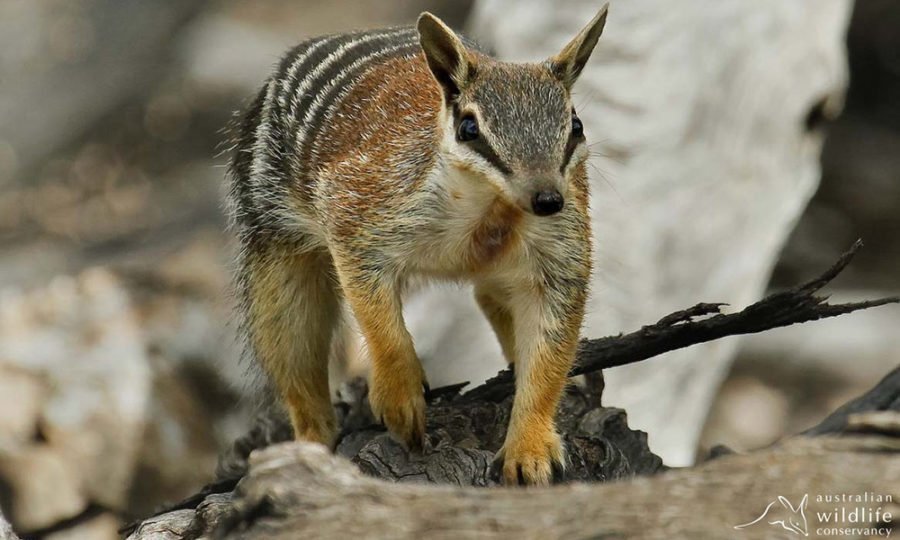Numbats thrive in feral-free reserves

NUMBAT POPULATIONS in WA have dropped to critical levels in recent years, but populations in fenced, feral-free reserves in SA and NSW are bucking the trend.
The endangered marsupials could once be found throughout southern and central Australia, but by 1980 their natural range was limited to WA, and today fewer than 1000 are left in the wild.
The animals were returned to SA and NSW through the Scotia and Yookamurra sanctuaries, owned by the Australian Wildlife Conservancy (AWC). The fenced reserves are designed to keep out feral animals such as foxes and cats, which pose the biggest threat to numbat populations.
Recent research, published in the Australian Journal of Zoology, shows that since the two AWC populations were founded, Scotia has grown to support about 180 individuals, while the smaller Yookamurra area is now home to about 45.
“The significant finding here is that these fenced-off predator-proof areas are very successful in conserving these small mammals,” said Dr John Kanowski, the AWC’s national science and conservation manager.

Numbat release at Scotia sanctuary. (Source: W Lawler; courtesy AWC)
Captive-bred numbats ensure genetic diversity
Both wild and captive-bred numbats were used to stock the sanctuaries, in order to maintain genetically diverse populations.
“Sometimes that genetic diversity can only come through captive breeding, since when you’re down to only a thousand animals in the wild you simply can’t take large numbers from the remnant populations,” said John.
While both groups of numbats have done well, John said the captive-bred animals were at a natural disadvantage.
“The captive-bred numbats are not as adapted to the wild; they’re less familiar with the things that can eat them, they’re less familiar with foraging, and they’re less familiar with the place,” he said.
One supplementary group of captive-bred numbats, released at Scotia in a drought year, had a particularly high death rate, with almost one-third dying of starvation.
“What we have learnt is that releasing captive-bred numbats in dry years has a high failure rate. Whether or not it’s too high is still an open question,” said John.
RELATED CONTENT
-
VIDEO: Numbats’ last stand
-
GALLERY: Australia’s tiny tigers
-
Captive numbats turned wild
-
Fundraiser: Numbats need you now!

